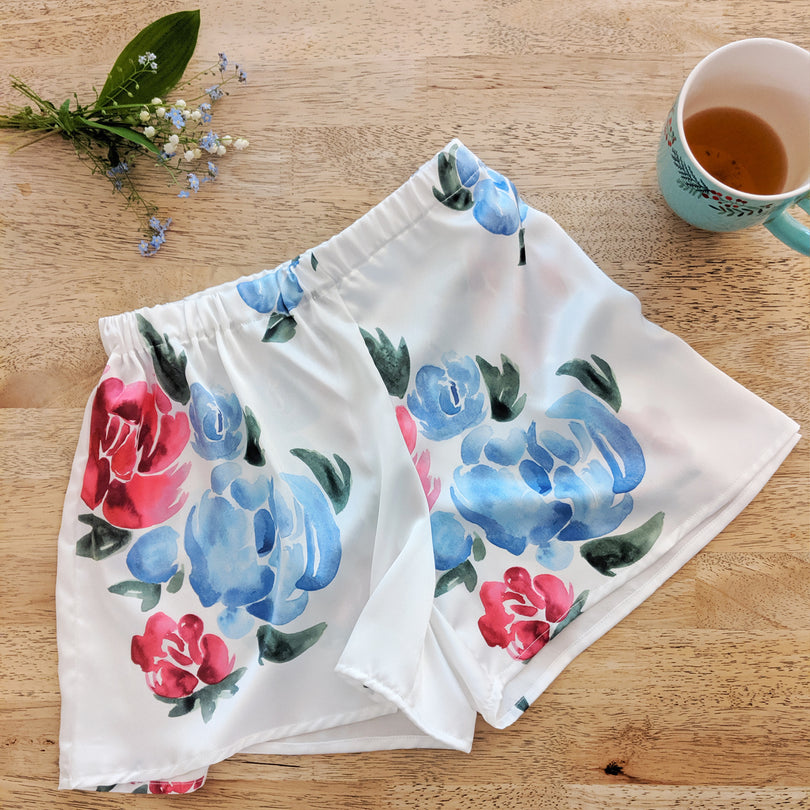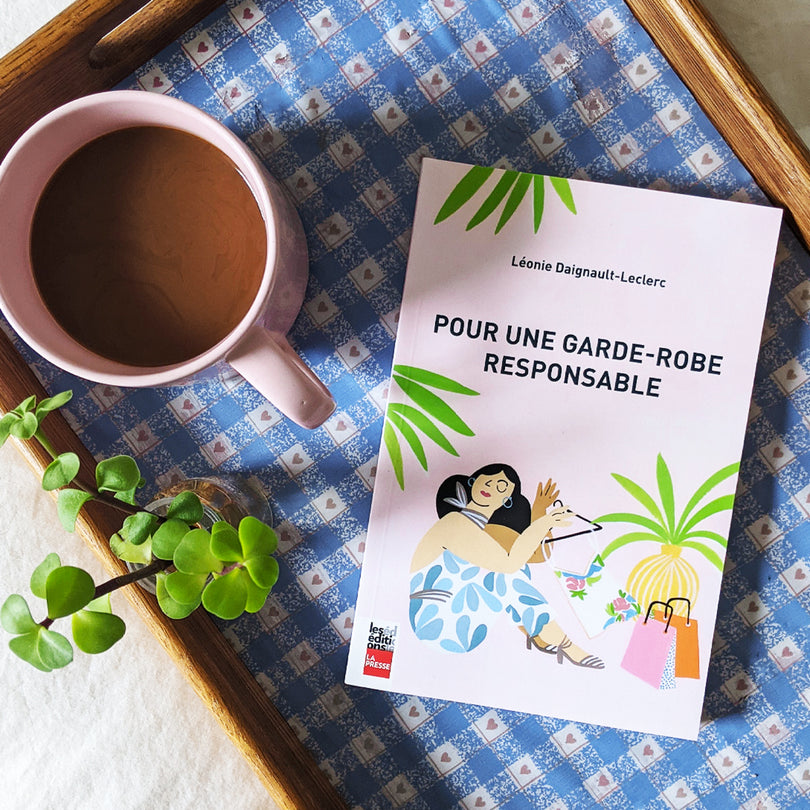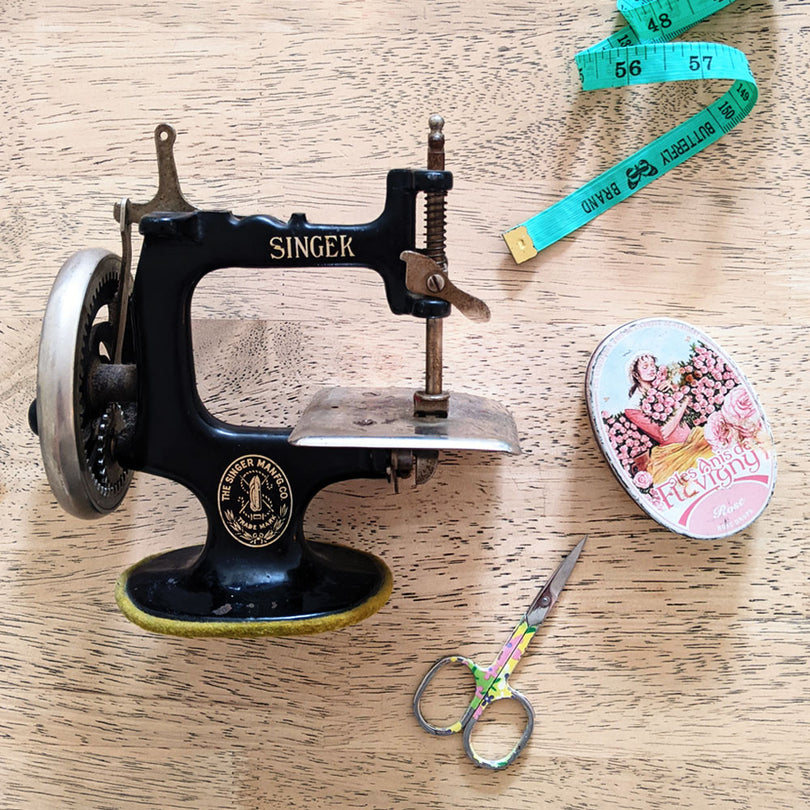
Photo by Taryn Elliott from Pexels
Shoes have transformed a lot in the past few decades, moving from something we wear every day to status symbols pursued by many collectors. New design trends have made sneakers big business and will help push the global footwear market towards a value of $403.2 billion by 2025. However, this modern shoe culture can also create lasting damage to the environment.
Sustainability Issues in the Shoe Industry
Around 24.4 billion pairs of shoes were made in 2018, but almost 90% of those
eventually ended up in landfills. Poor quality leads to shoes being thrown away faster, so many people are challenging the shoe industry’s problems, which include:
Environmental impact
Modern shoe manufacturing creates plenty of waste, carbon emissions, and water
pollution. Your average shoe is made from components like plastics, leather, petroleum, and textiles that are extracted from raw, non-renewable materials. These are then treated by toxic chemicals that make their way into bodies of water. You’ll also notice how most running shoes break down around six months of use, and those usually end up in landfills, staying there for up to 1000 years.
Human rights violations
Most shoes are produced by factory workers in countries like China, Vietnam, and
Indonesia. Unfortunately, shoe manufacturers are notorious for promoting poor working conditions, where workers are often underpaid, underfed, and pushed to their limits. Some shoemaking processes also expose these workers to harmful chemicals that can be bad for their health.
Harm to animals
Leather is not actually a by-product of the meat industry, but a profitable co-product. This means that animals are purposely raised to create leather goods. Animals are also endangered when toxic dyes and microfibers are released in waterways because they end up digesting these in the water they drink or live in.
How Buying Sustainable Shoes Can Help
As a response to these environmental issues, many manufacturers are now creating sustainable shoes. They make footwear from responsible materials like natural fibers — cork, algae, pineapple, mushrooms, hemp, wool, flax, and eucalyptus — or recycled stuff, such as rubber tires and water bottles.
These shoes are also ethically produced, meaning workers along the supply chain are treated well. Shoe factories must be regulated against health hazards, while companies should be transparent about the materials they use and the factories they operate. The shoes should also create minimum waste; ideally, modern shoes could be recycled, upcycled, repurposed, or even composted once you're done with them.
Shifting to Sustainable Shoes
Fast fashion trends encourage a “throw-away” culture that increases individual carbon footprints. Fortunately, we can change our habits by educating ourselves about sustainability online — and that includes what we know about shoes and clothing.
There are many outlets where you can get good information from experts and fellow shoe enthusiasts. For the fashion-savvy, you can join a sneakerhead community online where you can discuss sustainable shoes. These communities interact with each other through meet-ups and events, where you can trade or exchange sneakers. You can even get help from the community to find exactly what you’re looking for, or get suggestions for sustainable brands and shops. After all, connecting with the production chain of your shoes can change the way you shop. Before you buy anything, try to establish empathy with the workers and processes behind every product, so you can get a better picture of how it affects the planet and the people in it.
Brands like Gaia & Dubos are committed to changing the fashion industry through eco-friendly and ethically-produced clothes and accessories. We also love to help people adopt more responsible habits by educating them on sustainable fashion. Check out our blog today for more tips on sustainable shopping.
This post was written by Lily Roberts










